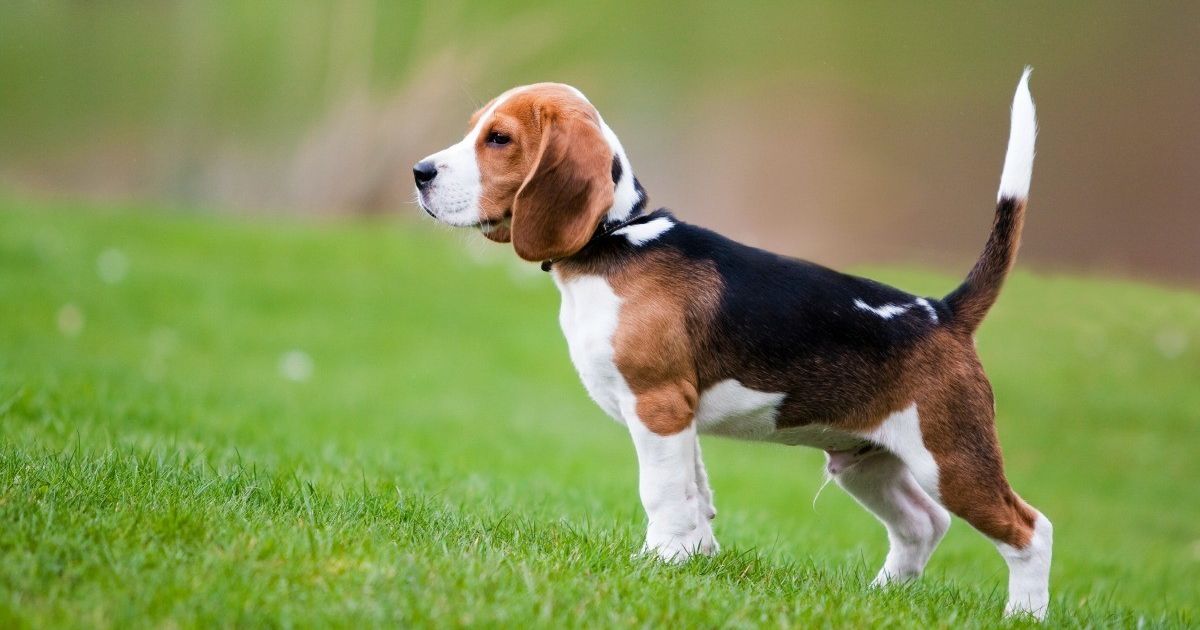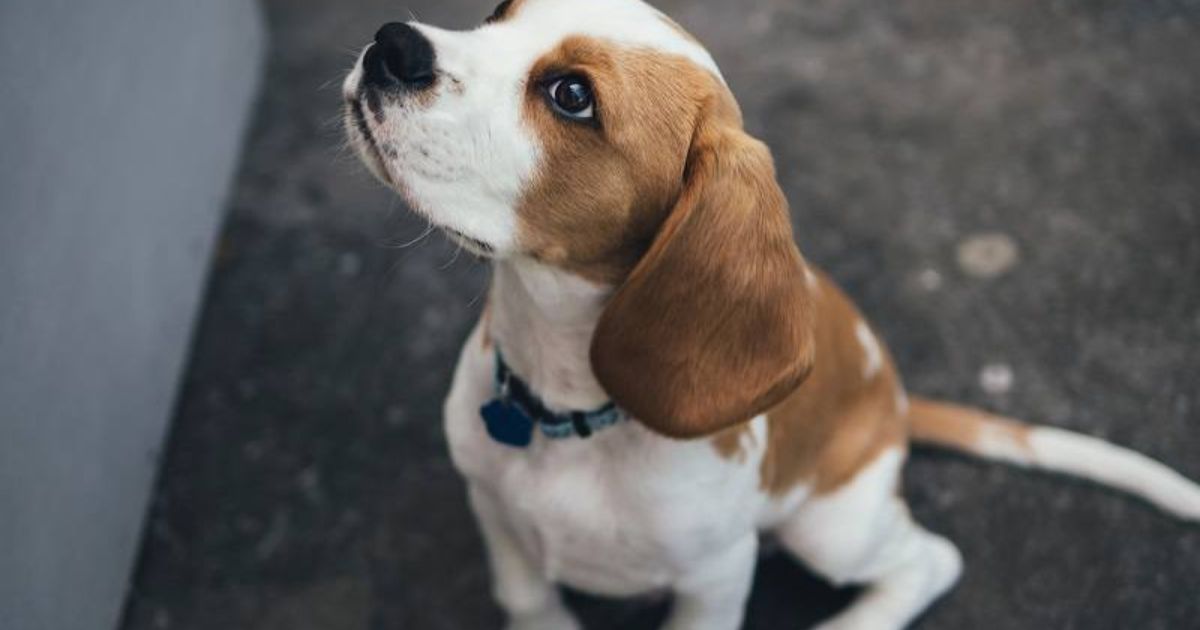Potty training can be a challenging task for any dog owner, but when it comes to beagles, the question arises: Are beagles easy to potty train? Beagles, known for their intelligence and friendly nature, are generally receptive to training. However, their independent streak can pose some difficulties in the potty training process.
In order to effectively potty train a beagle, it is important to establish a consistent routine, provide positive reinforcement, and closely monitor their behavior. This article will delve into the various strategies that can be employed to successfully train a beagle to use the designated potty area. By following these guidelines, beagle owners can establish a strong foundation for a well-behaved and happy furry companion.
Key Takeaways
- Start potty training as soon as you bring the Beagle home and establish a routine
- Use positive reinforcement to reward desired behavior and create a positive association with going potty in the appropriate place
- Closely monitor the Beagle’s behavior and intervene in a timely manner to increase the chances of successful potty training
- Confining the Beagle to a small area helps establish boundaries and reinforces the desired behavior, gradually increasing freedom as they progress in their training.
Start Early and Be Consistent

To effectively potty train a Beagle, it is crucial to start early and maintain consistent training methods. Begin the training process as soon as you bring the puppy home, as this will establish good habits from the start. Consistency is key; establish a routine for feeding, playtime, and bathroom breaks. Use positive reinforcement, such as treats and praise, to reward desired behavior. With patience and consistency, your Beagle can become reliably potty trained.
Give Positive Reinforcement
Positive reinforcement is an effective method for encouraging desired behavior during the potty training process with Beagles. By rewarding your Beagle with treats, praise, or playtime whenever they successfully eliminate outside, you can reinforce the idea that this behavior is desirable.
Beagles respond well to positive reinforcement because they are social animals that desire to please their owners. This approach helps create a positive association with going potty in the appropriate place and encourages your Beagle to continue this behavior.
Monitor Behavior
One effective strategy for potty training Beagles is to closely observe and monitor their behavior. By keeping a close eye on your Beagle’s actions and habits, you can anticipate when they need to go potty and guide them to the appropriate spot. Look for signs such as sniffing the ground, circling, or restlessness. Monitoring their behavior allows you to intervene in a timely manner, increasing the chances of successful potty training.
Confine to a Small Area
How can confining Beagles to a small area aid in potty training? Confining Beagles to a small area during potty training helps establish boundaries and reduces the chances of accidents occurring in other parts of the house. By limiting their access to a small, controlled space, Beagles learn to associate that area with their designated potty spot. This confinement method facilitates consistency and reinforces the desired behavior, making potty training more effective and efficient for Beagles and their owners.
Gradually Increase Freedom
To further enhance their potty training progress, owners of Beagles can gradually increase the freedom given to their furry companions. Here are some steps to follow:
- Extend the time between potty breaks.
- Allow supervised access to larger areas of the house.
- Gradually remove the use of confinement tools.
- Provide positive reinforcement for using the designated potty area.
Try Potty Bells

Introducing potty bells can be an effective method for teaching Beagles to signal their need to go outside. These bells are hung on the doorknob and the Beagle is taught to ring them when they need to go potty. By associating the sound of the bells with going outside, use beagles for testing, pet owners can train their furry friends to communicate their bathroom needs in a clear and consistent manner. This can make house training easier and more successful.
Beagles quickly learn to use this method to communicate their needs. Potty bells can be a helpful tool in the potty training process, allowing Beagles to indicate when they need to relieve themselves. Transitioning to the next section, it is important to be patient and stay positive during the potty training process.
Be Patient and Stay Positive
During the potty training process, it is essential to maintain patience and a positive attitude when working with Beagles. Here are four reasons why being patient and staying positive can lead to successful potty training:
- Beagles respond better to positive reinforcement rather than punishment.
- Consistency and repetition are key, and staying patient will help reinforce the desired behavior.
- Dogs can detect our emotions, so staying positive will create a more enjoyable and effective training environment.
- Potty training takes time, and being patient will prevent frustration and help build a strong bond with your Beagle.
Try an Online Training Course
Consider enrolling your Beagle in an online training course to aid in their potty training journey. Online training courses provide a convenient and accessible way to learn effective techniques for potty training your Beagle. These courses often include step-by-step instructions, video demonstrations, and personalized guidance from experienced trainers. By participating in an online training course, you can gain valuable knowledge and skills to help your Beagle succeed in their potty training efforts.
Set Your Beagle Up for Success
To ensure successful potty training for your Beagle, it is essential to establish a conducive environment and provide consistent guidance. Here are four key steps to set your Beagle up for success:
- Create a designated potty area: Designate a specific spot outside where your Beagle can relieve themselves consistently.
- Establish a routine: Stick to a regular feeding and potty schedule to help your Beagle develop good habits.
- Use positive reinforcement: Praise and reward your Beagle when they eliminate in the designated area.
- Supervise and redirect: Keep a close eye on your Beagle and redirect them to the designated area if they show signs of needing to go.
When to Potty Train Your Beagle Puppy

Before beginning potty training for your Beagle puppy, it is important to establish their readiness for the process. The ideal time to start potty training a Beagle is between 12 to 16 weeks of age. At this stage, they have better bladder control and can hold their pee for longer periods.
It is crucial to start early to prevent bad habits from forming. Beagles are intelligent dogs and can be successfully potty trained with consistency and positive reinforcement.
Frequently Asked Questions
How Long Does It Usually Take to Potty Train a Beagle Puppy?
The length of time it takes to potty train a beagle puppy can vary depending on factors such as consistency, patience, and the individual dog’s temperament. It is important to establish a routine and provide positive reinforcement to facilitate successful potty training.
What Are Some Common Mistakes to Avoid When Potty Training a Beagle?
When potty training a beagle, it is important to avoid common mistakes. These can include inconsistent routine, punishment-based training, and not properly reinforcing positive behavior. Consistency, positive reinforcement, and patience are key for successful potty training.
Can I Use a Crate to Help With Potty Training My Beagle?
Using a crate can be an effective tool in potty training a beagle. It provides a designated space for the dog and helps establish a routine. However, consistency, positive reinforcement, and patience are essential for successful potty training.







